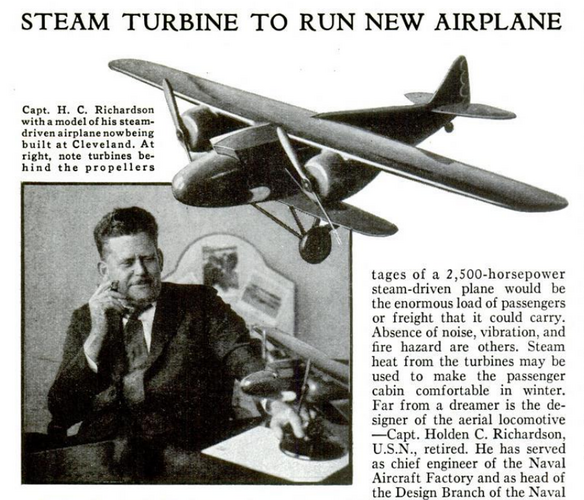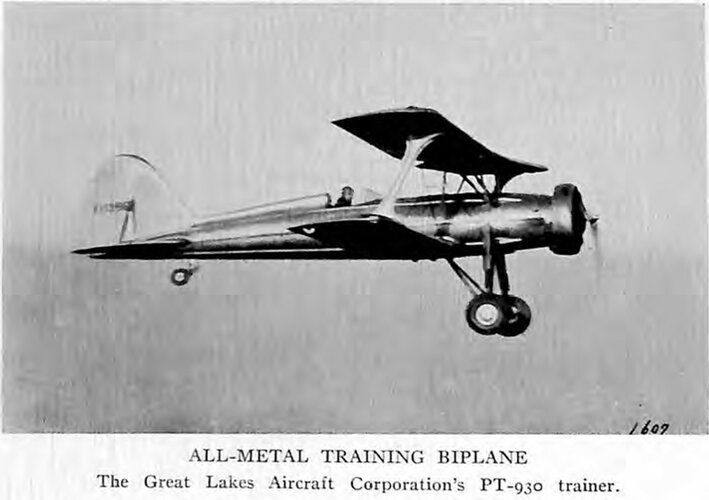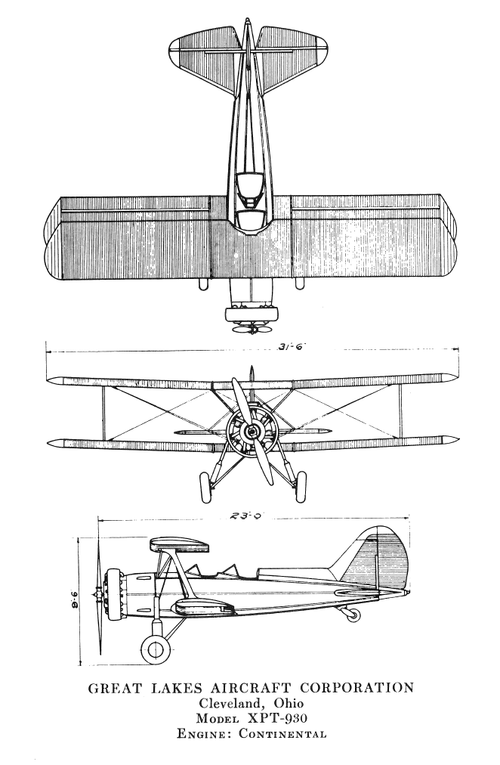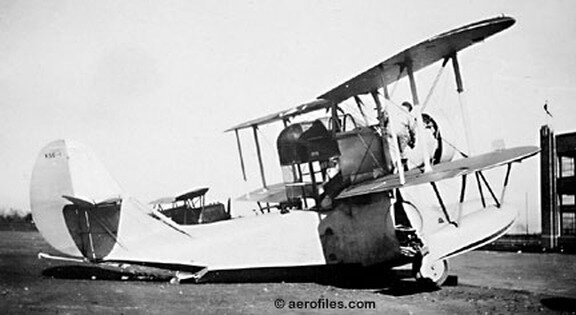- Joined
- 26 May 2006
- Messages
- 33,538
- Reaction score
- 13,631
Hi,
this company is completely a mystery,it was formed in 1929,its prototypes are well known,and I don't know SBG concept,even I never heard about any project for it,but maybe someone can help.
The firm also designed some target drones,also Capt. Richardson of Great Lakes Aircraft Corporation designed a huge steam-powered airplane,I don't know if it was belonged to this organization or not.
Its designation number is either a puzzle,suddenly you find Model-41 and Model-63,absolutely it couldn't create that large sequence of proposals ?!.
this company is completely a mystery,it was formed in 1929,its prototypes are well known,and I don't know SBG concept,even I never heard about any project for it,but maybe someone can help.
The firm also designed some target drones,also Capt. Richardson of Great Lakes Aircraft Corporation designed a huge steam-powered airplane,I don't know if it was belonged to this organization or not.
Its designation number is either a puzzle,suddenly you find Model-41 and Model-63,absolutely it couldn't create that large sequence of proposals ?!.
Last edited:








